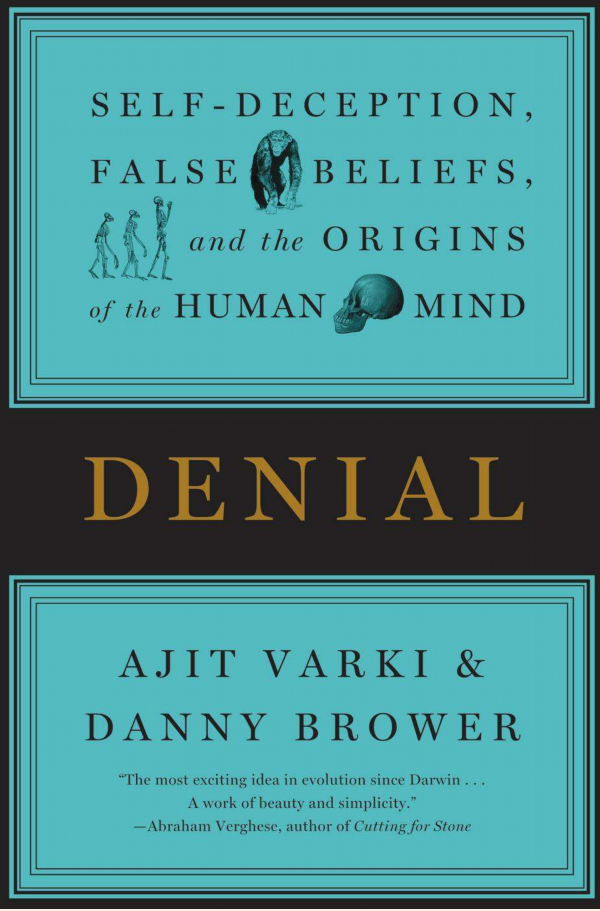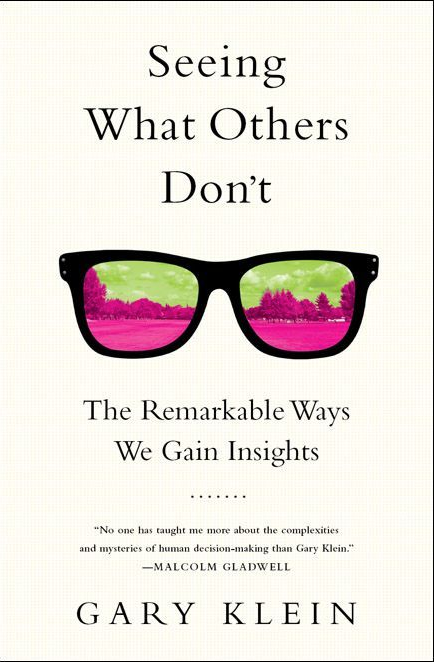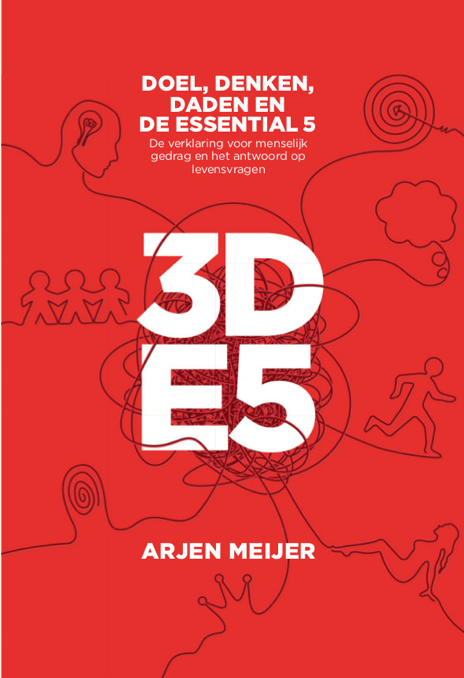Sustainable Performance Improvement
We help people with how they can bring out the best in themselves and in others. How do you lead yourself and others? The better people can unlock potential in themselves and in others, the higher the chances they can realize their aspirations and the results they aspire to achieve through successful collaboration. We recognize that for many people this is a process of broadening their repertoire of attitudes, behaviors and skills. We refer to this process as one of leading for sustainable performance improvement (SPI).
We work with individuals and groups/teams often in an organizational context.
Work with Individuals
This involves executive and/or life coaching. Examples include coaching a CEO to more effectively communicate with his direct reports, coaching a family to more effectively take care of a loved one who is in hospital and working with a person going though a challenging time in their personal life.
Work with groups/teams and organizations
This includes providing leadership development workshops for teams or groups within an organization, coaching a leadership team with their change initiative and mediating between two companies in a conflict.
To get a better idea of how we work with inidviduals, teams and organizations, please visit our work page for more information or contact us via an email.
Presenting for Executives in Amsterdam on June 29, 2013 on behalf of the Rotterdam School of Management. Photo by William Maanders.
These are books we are currently reading.
Read our blog with thought provoking articles!
Few executives understand that improvement must be managed from the perspective of the organization as a whole. We see too many examples of executives who ask their managers to improve their own department or function based on individual initiatives. Ironically such local improvements lower the performance of the organization!
Executives from an industrial company saw the number of industrial accidents increase despite presentations and calls for better safety behaviors. I was asked to address the safety issue in a leadership course. I realized how safety had become two dimensional - charts on a PowerPoint presentation. So I decided to give Safety a human face.






